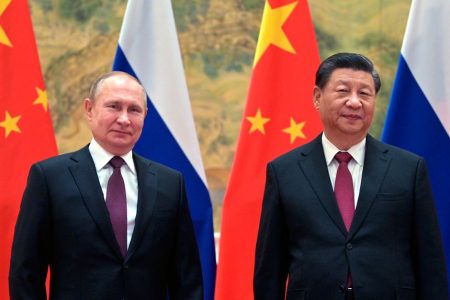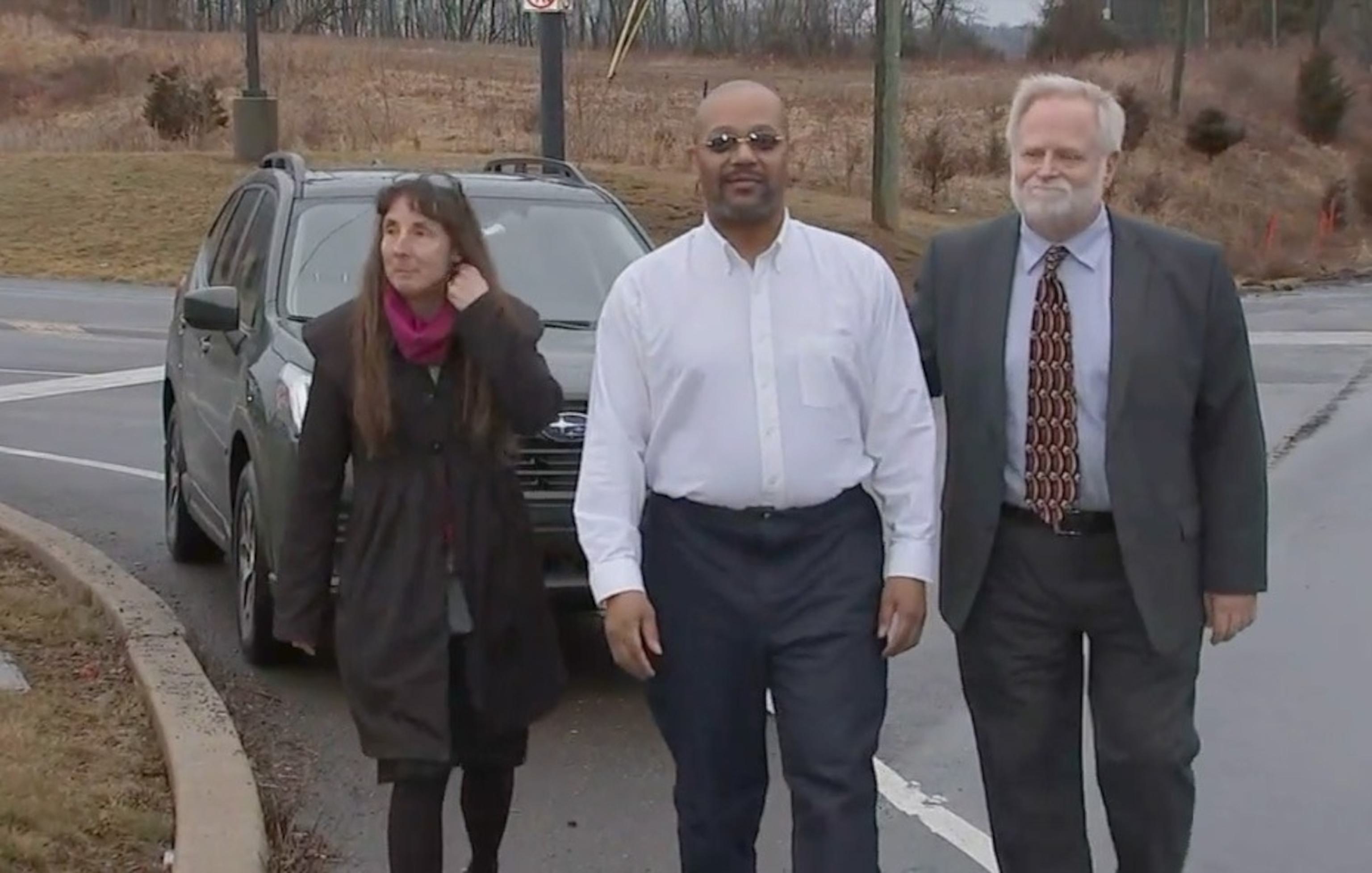China tells US it wants peace in Ukraine - Dispatch Weekly
February 27, 2023 - Reading time: 5 minutes

Despite American fears that Beijing might be considering supplying weaponry for its partner Russia’s invasion, China said on Monday that it aimed to engage in conversation and find a peaceful solution for the Ukrainian crisis.
According to Mayor Oleksandr Symshyshyn on the messaging app Telegram, air-raid sirens sounded overnight in the Ukrainian capital Kyiv and other places, and a Russian missile killed one person in the western town of Khmelnitskyi. After dawn, the all-clear signal was given.
Beijing has refused to denounce the assault and last week produced a 12-point plan calling for a ceasefire and gradual de-escalation by both parties. China and Russia announced a “no limits” partnership just before the invasion a year ago.
Although repeating that there could be no peace without a complete Russian withdrawal, which is unacceptable to Moscow, Kyiv adopted a welcoming tone towards some components of the plan.
“I’m really hoping for a win this year. We have everything we need for this, including drive, self-assurance, friends, diplomacy,” Volodymyr Zelenskiy, the president of Ukraine, stated in a message on the Telegram messaging service on Monday.
According to China’s foreign ministry, it has maintained touch with all parties involved in the issue, including Kiev, and its stance was clear.
A spokesperson for the foreign ministry, Mao Ning, stated at a news conference in Beijing that “the core is to call for peace, promote discussion, and advocate a political solution to the problem.”
Dmitry Peskov, a spokesman for the Kremlin, stated on Monday that the Chinese approach should be thoroughly examined and take into consideration the interests of all parties, but that for the time being Moscow saw no indications that a peaceful resolution was likely.
“We are quite interested in what our Chinese friends are planning. This is a very drawn-out and difficult process,” Peskov told the press.
Supporters of Ukraine’s NATO military alliance claim they are attempting to convince China to refrain from providing assistance for Russia’s plodding invasion, maybe in the form of “kamikaze” drones, and their offers have met with little success.
While Moscow’s forces struggle to push farther in eastern Ukraine, they are suffering heavy losses in trench warfare, and Kyiv is preparing a counteroffensive with modern Western equipment, including combat tanks, that have been promised in the upcoming months.
William Burns, the director of the CIA, stated over the weekend that the US intelligence service thought China was considering providing Moscow with military assistance even though it had not made a final decision.
Jake Sullivan, the national security adviser for the United States, warned CNN that “if it proceeds down that road, it would come at a serious cost to China.”
Russian President Vladimir Putin this week celebrated “new frontiers” in relations with Beijing and said that his Chinese counterpart Xi Jinping will soon visit Moscow, framing the conflict in Ukraine as a struggle for Russia’s survival against a predatory West.
The dissolution of the former Soviet Union and its core entity, the Russian Federation, is their only objective, according to Putin, who spoke to state television station Rossiya 1.
This claim is rejected by NATO and the West, who claim that Kyiv needs their assistance to stave off Moscow’s attempt at an imperial-style territory grab after the latter called Kyiv’s fellow former Soviet republic an artificial state.
Putin has more leeway in the kinds of weapons he might deploy in the future thanks to his framing of the conflict as an existential threat to Russia, possibly including using nuclear capabilities.
Former Russian president and close ally of Putin, Dmitry Medvedev, repeated apocalyptic rhetoric in remarks that the West’s continued armament of Kiev risked a global nuclear catastrophe. This was done in an effort to deter further Western involvement at a time when Russia was lagging behind on the battlefield.
Early in the conflict, Ukraine’s outnumbered but more organised and quick soldiers resisted Russia’s attempt to grab Kiev, and subsequently they retook large portions of occupied territory in the east and south.
Russia still holds control over close to 5% of Ukraine, which it claims it has annexed, despite the fact that the war, which lasted a year, claimed the lives of tens of thousands of soldiers and civilians on both sides, and destroyed Ukrainian cities.
Despite being restocked by hundreds of thousands of conscripts and reservists, Russian forces have made only modest progress in their goal of gaining complete control of the industrial sector in the eastern Donbas.
The beleaguered Bilohoryvka, Svatove-Kupiansk, and Kreminna areas of Luhansk province, the majority Russian-occupied northern half of the Donbas, have seen an increase in Russian bombardment and infantry assaults, according to the governor of Luhansk.
“There is no running; our troops never leave their assigned areas. Naturally, everything can change at any time,” state television was warned by Serhiy Haidai.
The military command can launch an operation using the same strategy as they did in the Kharkiv region, he added, referring to Ukraine’s recapture of a northeastern sector from Russian forces last year.
“On the other hand, Western offensive heavy weaponry is on the way,” said Haidai.

DW Staff
David Lintott is the Editor-in-Chief, leading our team of talented freelance journalists. He specializes in covering culture, sport, and society. Originally from the decaying seaside town of Eastbourne, he attributes his insightful world-weariness to his roots in this unique setting.




